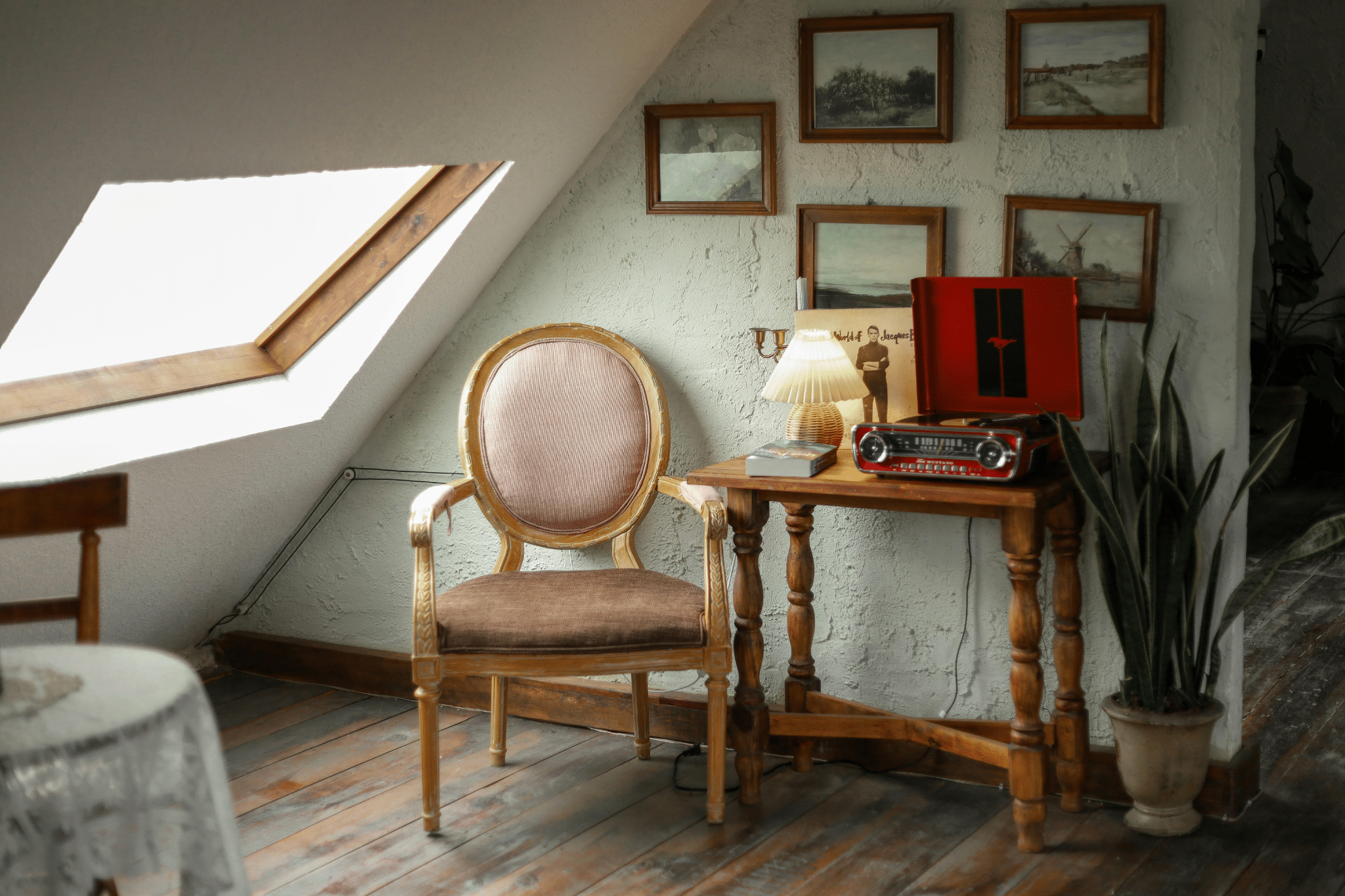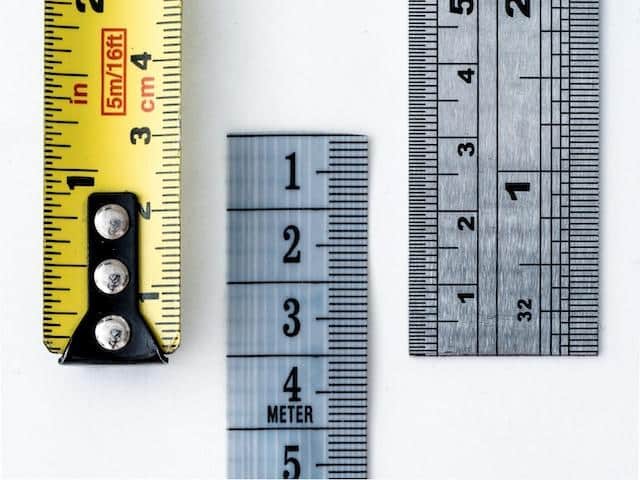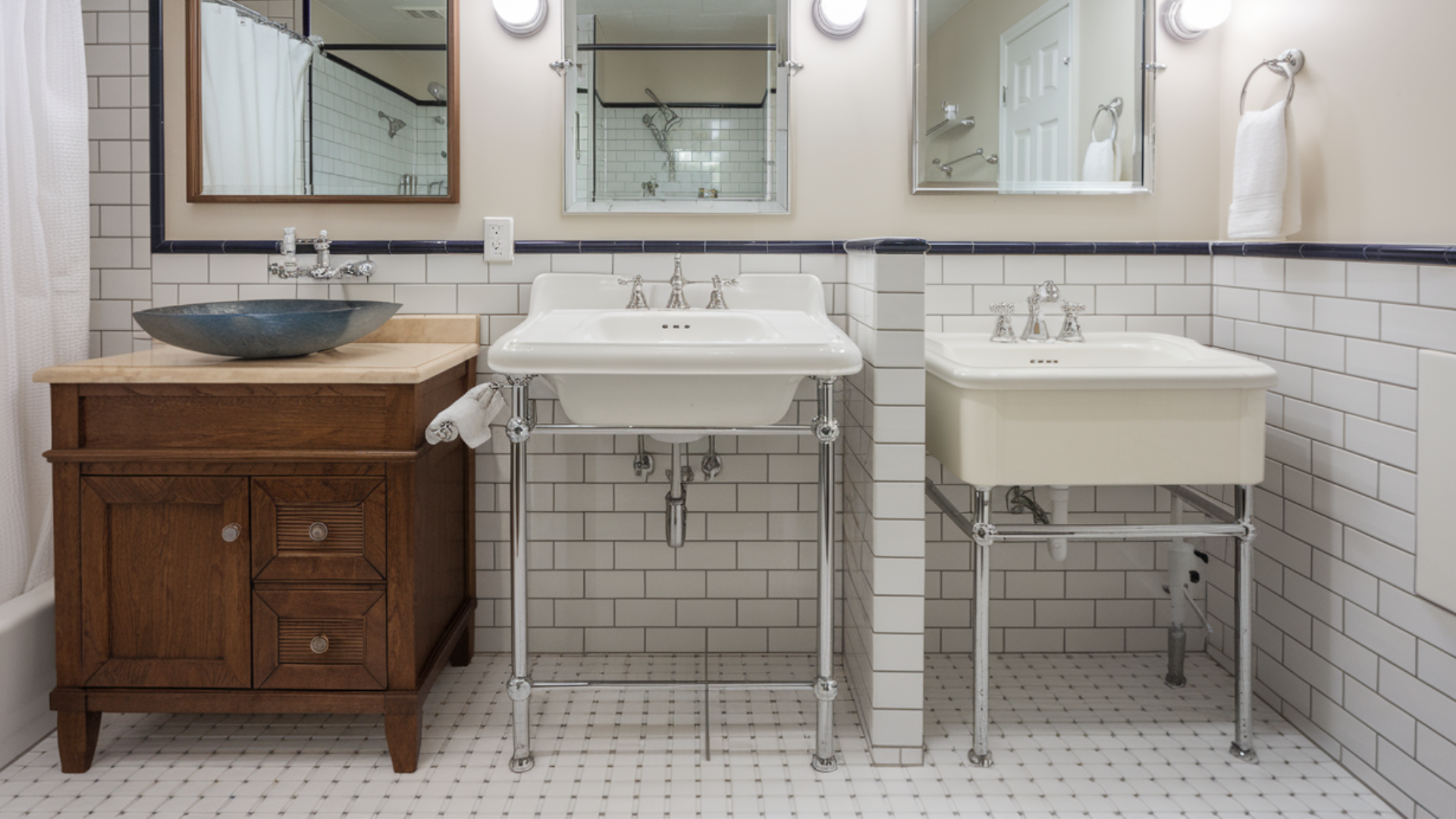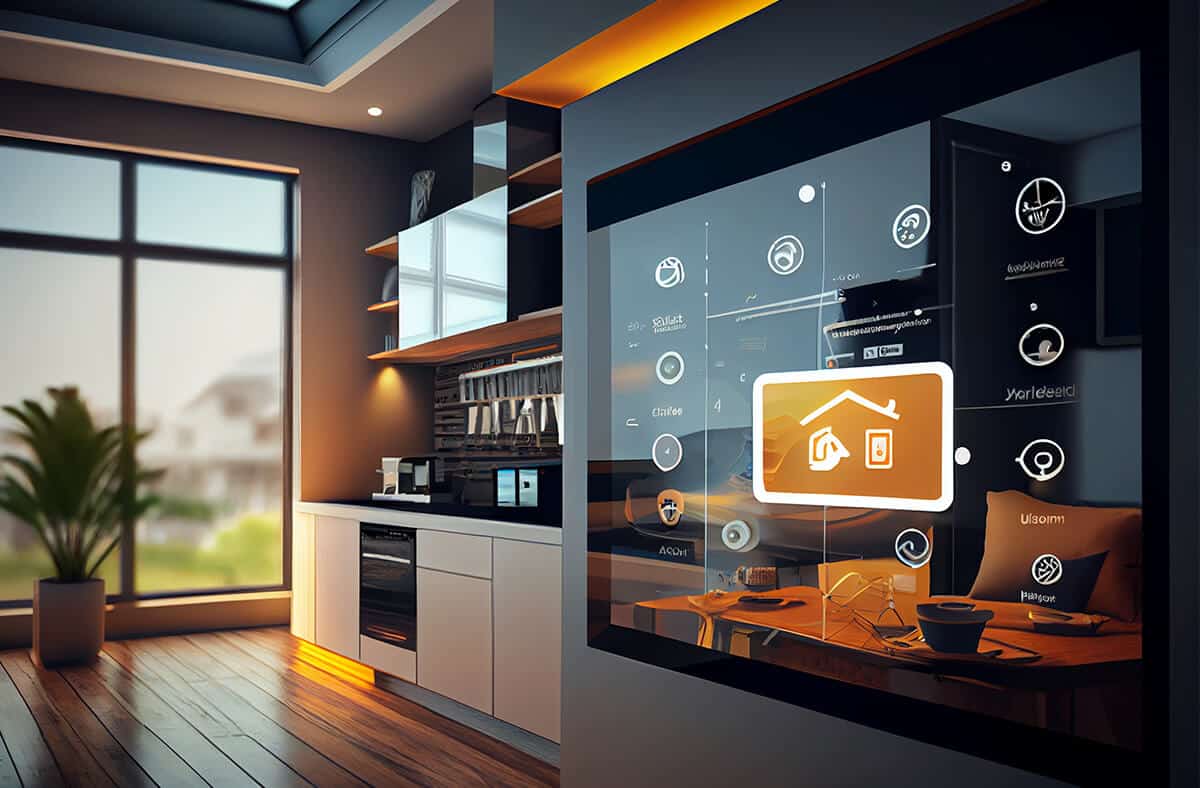How Can 3D Printing Recreate Vintage Decor Styles?
The resurgence of vintage decor in modern interiors is not just about nostalgia; it’s about bringing timeless elegance into contemporary spaces. However, sourcing authentic vintage pieces can be both challenging and expensive. This is where 3D printing enters the scene, offering a blend of modern technology and old-world charm to recreate vintage decor styles.
This article explores the impactful role of professional and industrial 3D printers in mimicking these classic styles within today’s design paradigms.
What is 3D Printing?
3D printing, or additive manufacturing, is a process where three-dimensional objects are created by laying down successive layers of material. In the context of decor, 3D printing has become a revolutionary tool, allowing for the reproduction of intricate designs that were traditionally crafted by hand.
The most commonly used printers for decor include Fused Deposition Modeling (FDM) and Stereolithography (SLA), each catering to different aspects of printing, from basic prototypes to high-quality, detailed finishes.
Why Choose 3D Printing for Vintage Decor?
Opting for 3D printing to create vintage-style decorations presents numerous advantages:
- Customization: Tailor designs to specific dimensions or personal tastes.
- Cost-effectiveness: Reduce costs compared to sourcing authentic pieces or custom craftsmanship.
- Accessibility: Simplify the production process, making it easier to obtain decorative items.
- Replication accuracy: Achieve high fidelity in replicating historic designs and details.
What Materials Are Suitable for 3D Printing Vintage Decor?

Various materials can be utilized in 3D printing to emulate the textures and aesthetics of vintage decor:
- Wood-like filaments: Offer the appearance of wood with the versatility of plastic.
- Metal filaments: Provide a metallic finish that mimics cast iron or bronze.
- Ceramic-like materials: Create items that look and feel similar to ceramic.
Can 3D Printed Objects Emulate Authentic Vintage Materials?
While 3D printing offers remarkable versatility in materials and finishes, there are limitations to how closely these materials can mimic the original substances used in vintage items. The realism achievable depends on the printing technology and material quality. Understanding these limitations is crucial for setting realistic expectations about the final product’s appearance and feel.
How to Design Vintage Decor Using 3D Printing?
Designing vintage decor pieces using 3D printing involves several key steps from conceptualization to the final print:
- Develop a design concept that reflects the vintage style.
- Use 3D modeling software to create a detailed model.
- Consider design elements such as filigree work, floral patterns, and ornamental detailing to enhance authenticity.
What Software is Best for Designing Vintage Decor?
Software choices are critical in achieving detailed vintage designs:
- Autodesk Tinkercad: Suitable for beginners and simple projects.
- Blender: Offers advanced tools for detailed sculpting and texturing.
- Autodesk Fusion 360: Ideal for precision and technical detailing.
Tips for Enhancing the Vintage Look in 3D Printed Items
To further enhance the vintage appeal of 3D printed items, consider the following design tips:
- Texturing techniques: Add surface textures that mimic wear and tear.
- Coloring and painting methods: Use techniques that replicate traditional painting and staining methods.
- Distressing methods: Apply methods to artificially age the materials, giving them an authentic worn look.
Case Studies: Successful Projects of 3D Printed Vintage Decor
Several successful projects highlight how effectively 3D printing can be used to recreate vintage decor. These projects often focus on replicating intricate patterns and textures that are characteristic of vintage styles. (Note: Ensure any photographs used are generic and not copyrighted.)
How to Choose a 3D Printer for Vintage Decor Projects?
Choosing the right 3D printer is crucial and depends on the project’s specific needs:
- Resolution and detail capabilities: High-resolution printers are preferable for intricate designs.
- Material compatibility: Ensure the printer can handle the materials needed for vintage aesthetics.
What Are the Challenges of 3D Printing Vintage Decor?
Despite its advantages, 3D printing vintage decor is not without challenges:
- Structural integrity: Ensuring the printed items are durable.
- Material limitations: Not all materials are suitable for all types of decor.
- Detail reproduction: Capturing the intricacy of traditional designs can be difficult.
Maintenance and Care for 3D Printed Vintage Decor
Maintaining 3D printed decor involves specific care to ensure longevity:
- Regular cleaning with appropriate solutions.
- Proper handling to avoid damage.
- Adequate storage to prevent environmental damage.
Future Trends in 3D Printing for Decor
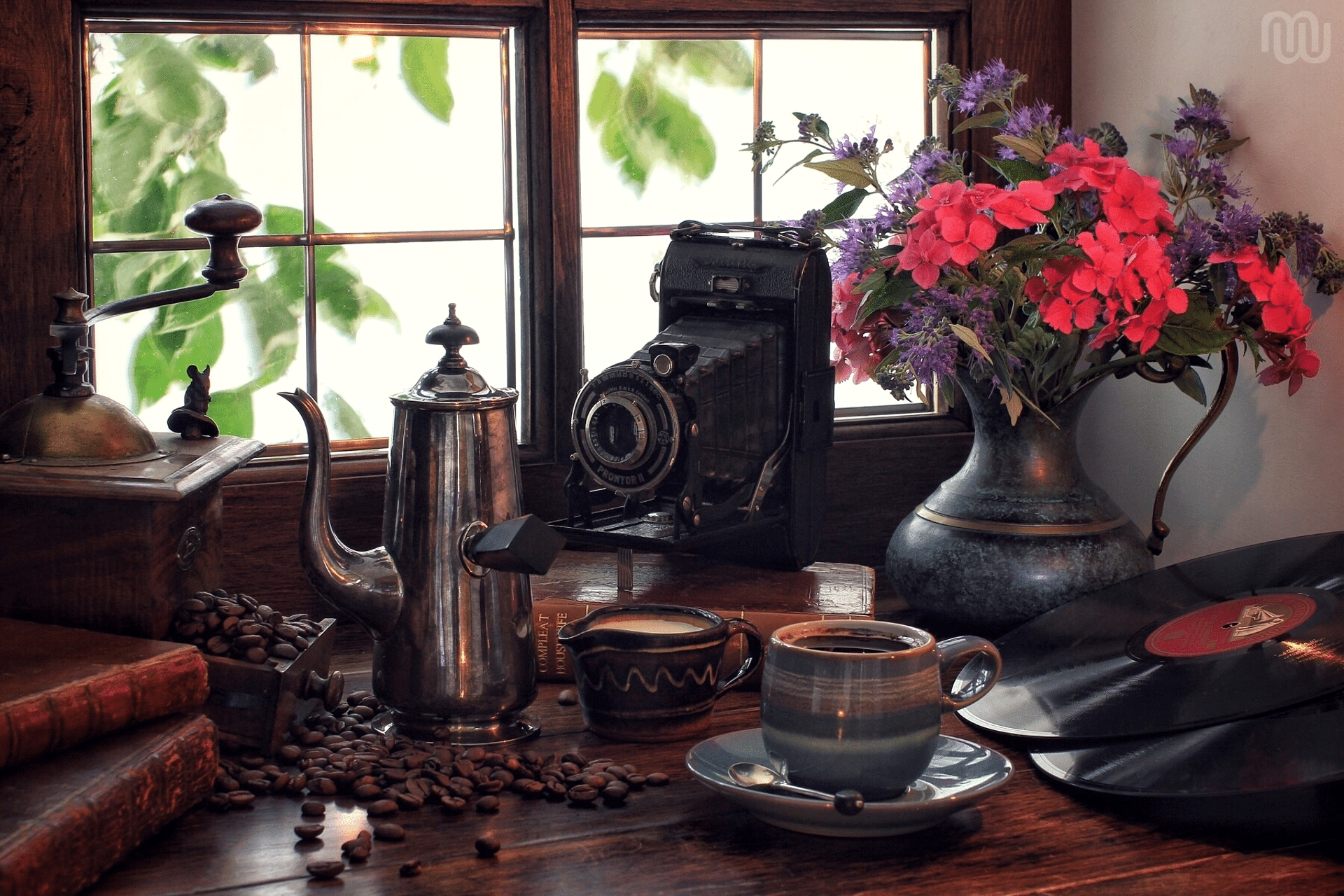
The future of 3D printing in decor looks promising with advancements in material science and printing technology. These improvements could further enhance the ability to replicate vintage decor styles more authentically and with even greater detail.
Conclusion
3D printing holds significant potential for recreating vintage decor styles, marrying the charm of yesteryears with today’s technological advancements. As the technology evolves, it is likely to become an even more integral part of modern interior design, offering a sustainable, customizable, and cost-effective approach to decorating.
The blending of new technologies with traditional styles is not just about preservation but is also a forward-looking approach to sustainable design practices.

